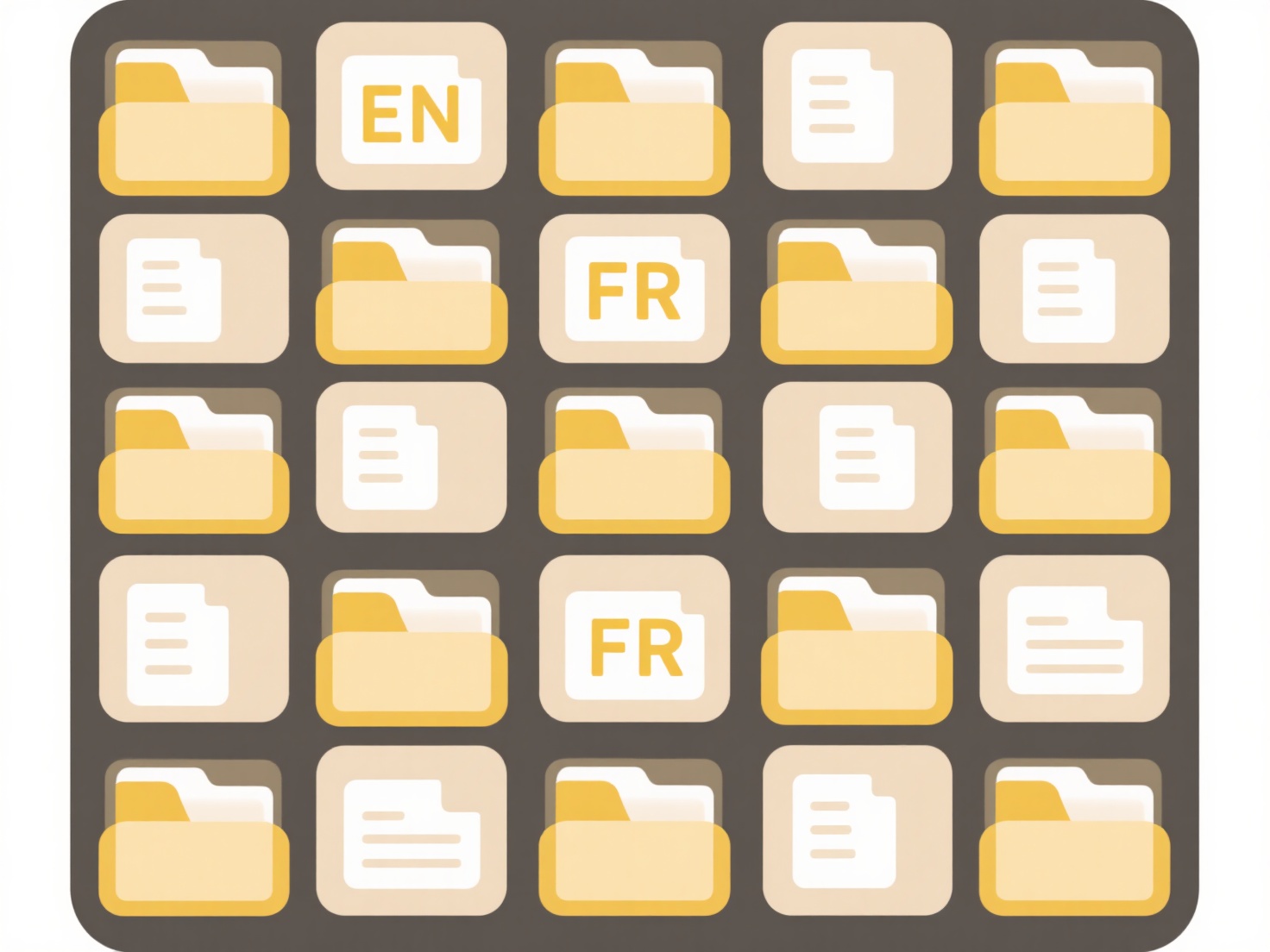
Comparing search results over time involves analyzing data from past searches to identify changes in rankings, content visibility, or user behavior over weeks, months, or years. This differs from single-timepoint searches by tracking trends, revealing patterns like seasonality or algorithm shifts. Tools capture these comparisons using datasets or specialized analytics features.

For example, academics use this method to study how scholarly article prominence shifts as new research emerges. Digital marketers compare keyword rankings monthly to evaluate SEO strategy effectiveness, often using platforms like Semrush or Google Trends to visualize performance changes.
Major advantages include detecting emerging topics and measuring long-term campaign impact. Limitations include historical data availability and algorithm complexity obscuring direct cause-effect relationships. Ethically, organizations should anonymize user data when analyzing trends. Future innovations may employ AI for predictive trend analysis, accelerating responsive strategy development.
Can I compare search results over time?
Comparing search results over time involves analyzing data from past searches to identify changes in rankings, content visibility, or user behavior over weeks, months, or years. This differs from single-timepoint searches by tracking trends, revealing patterns like seasonality or algorithm shifts. Tools capture these comparisons using datasets or specialized analytics features.

For example, academics use this method to study how scholarly article prominence shifts as new research emerges. Digital marketers compare keyword rankings monthly to evaluate SEO strategy effectiveness, often using platforms like Semrush or Google Trends to visualize performance changes.
Major advantages include detecting emerging topics and measuring long-term campaign impact. Limitations include historical data availability and algorithm complexity obscuring direct cause-effect relationships. Ethically, organizations should anonymize user data when analyzing trends. Future innovations may employ AI for predictive trend analysis, accelerating responsive strategy development.
Quick Article Links
Should I use .rtf or .txt for notes?
RTF (Rich Text Format) and TXT (Plain Text) are two file formats for storing notes, differing primarily in their handlin...
Can I detect and skip files that already have the correct name?
Yes, you can detect and skip files that already have the correct name. This involves implementing a validation step with...
How do I create intake folders for teams?
Intake folders are centralized digital locations designed to efficiently collect, organize, and route new work requests ...